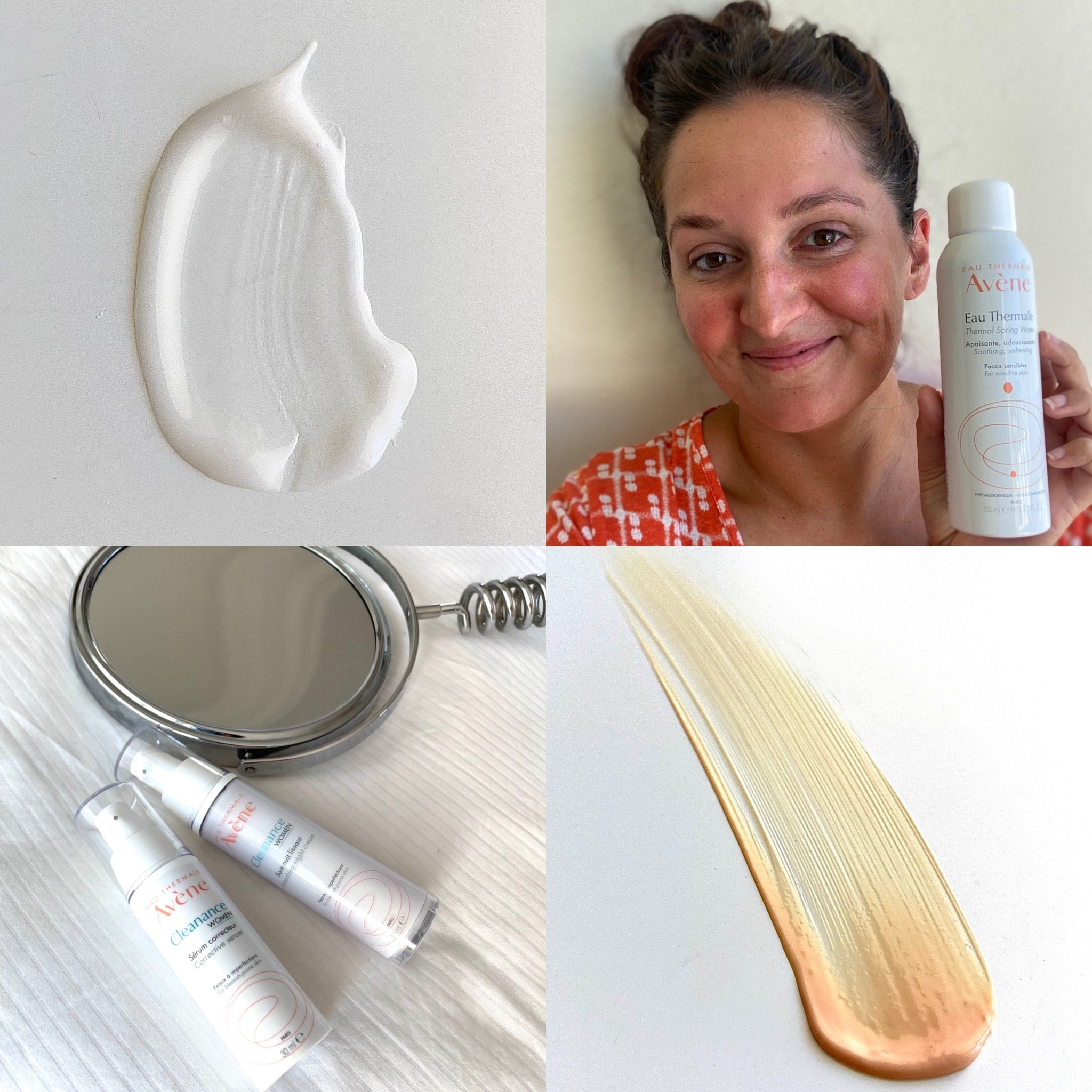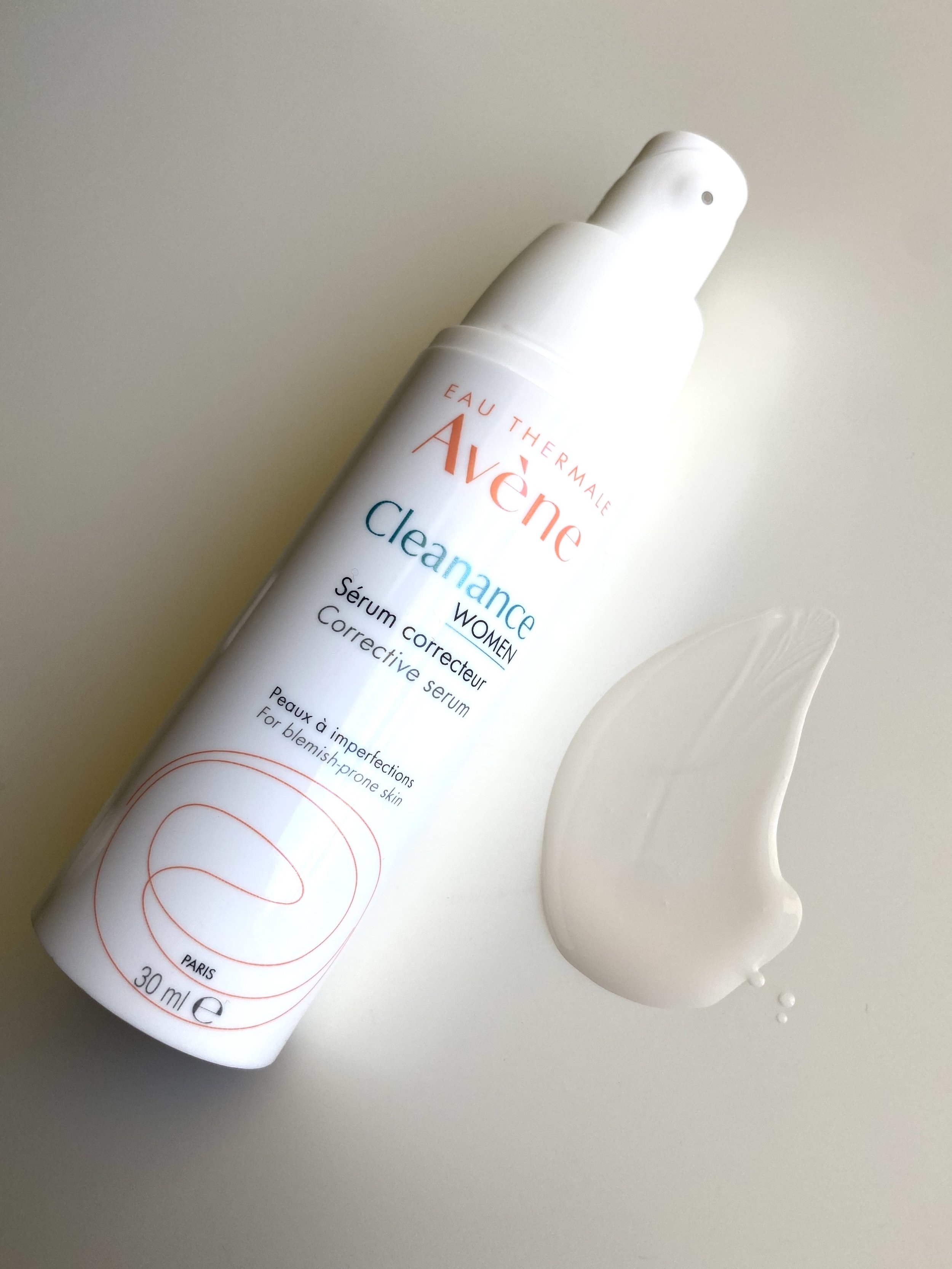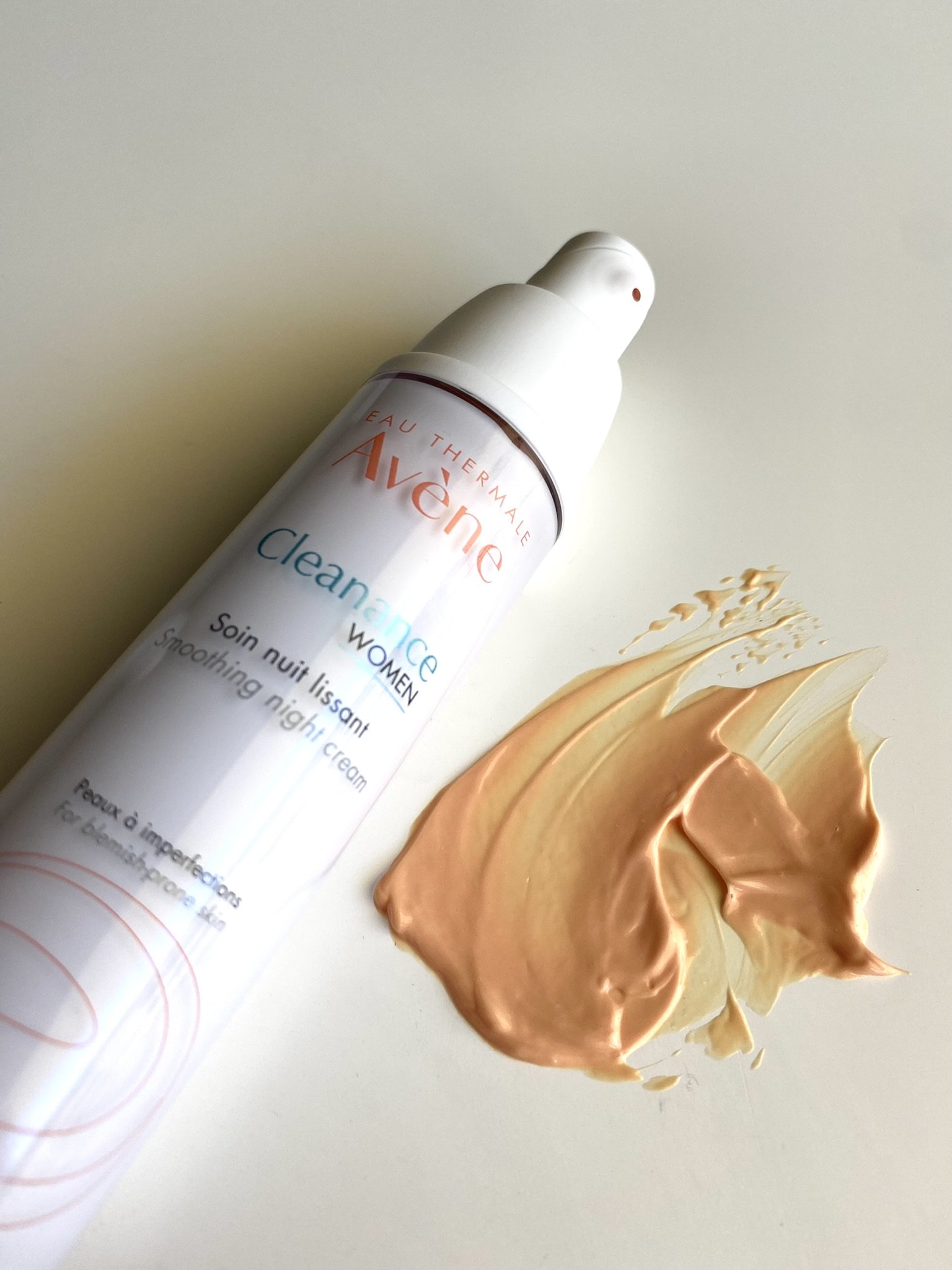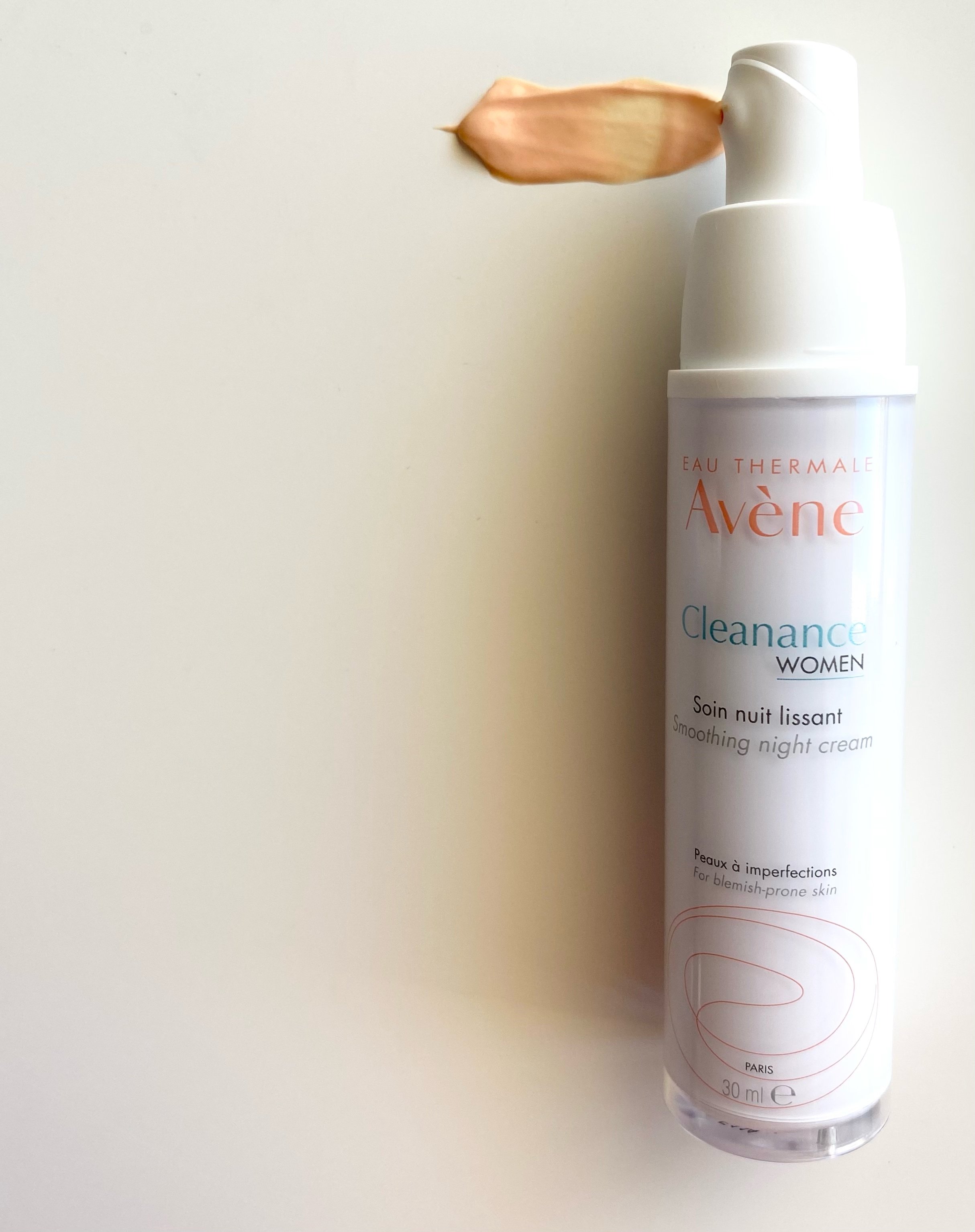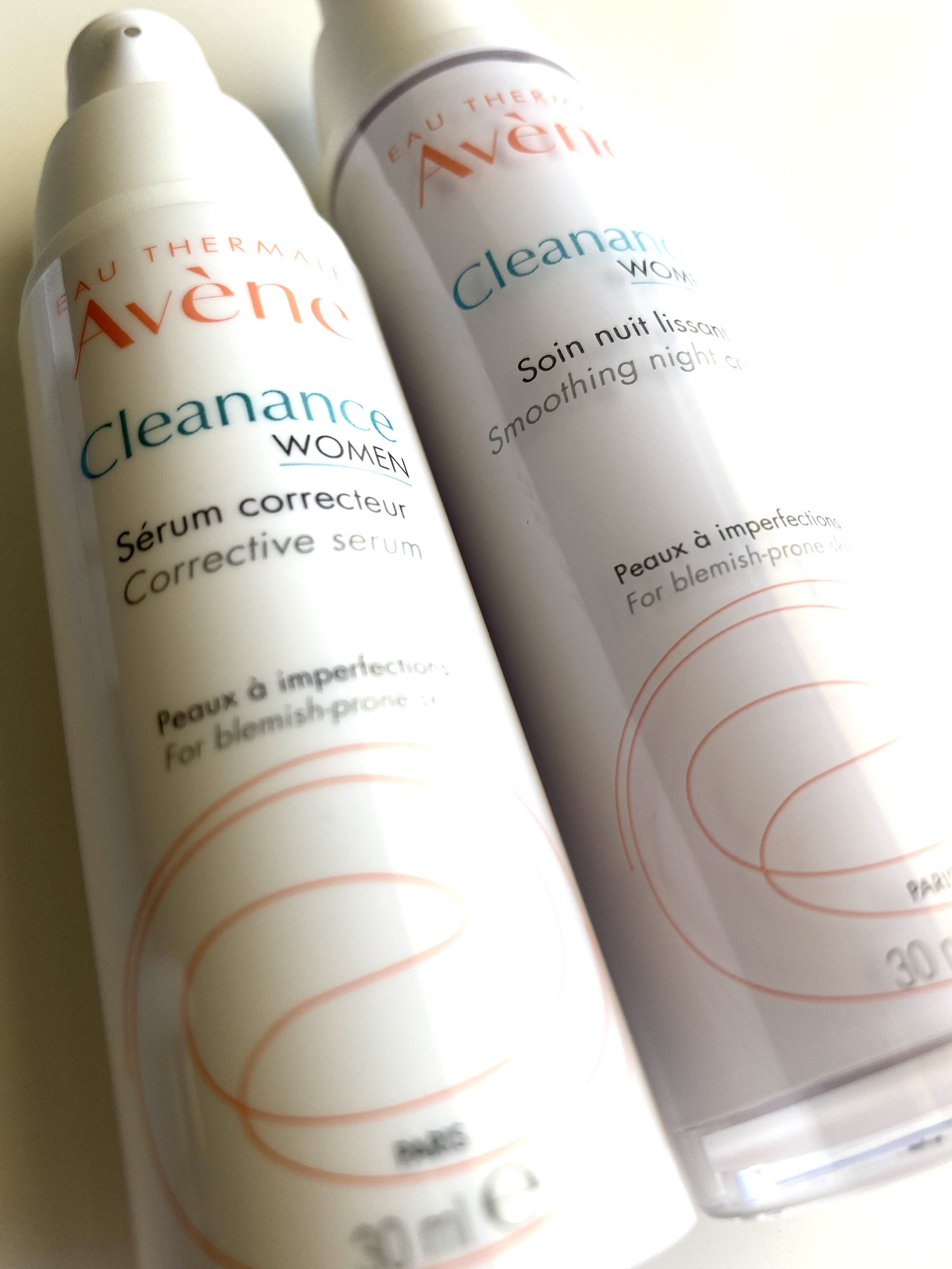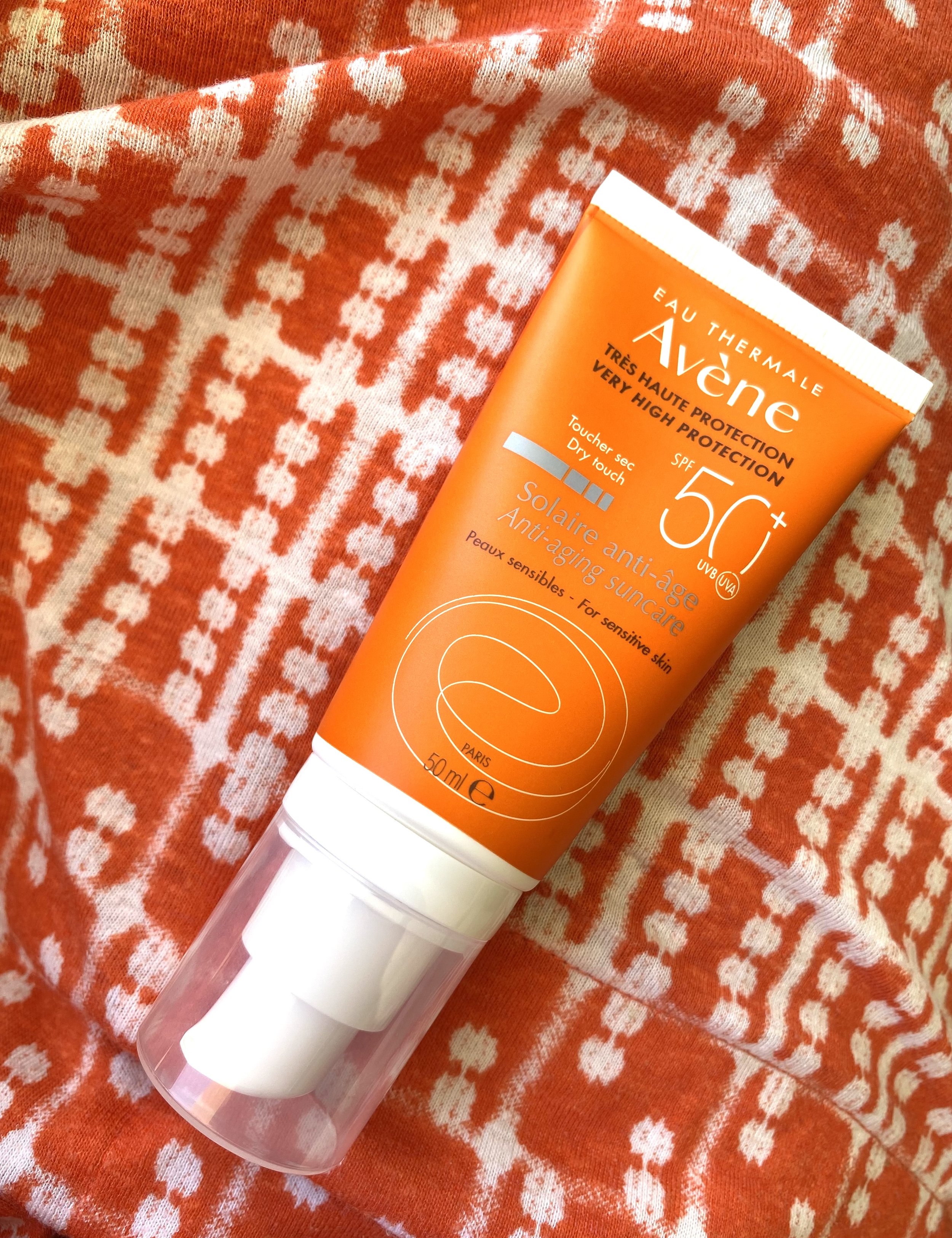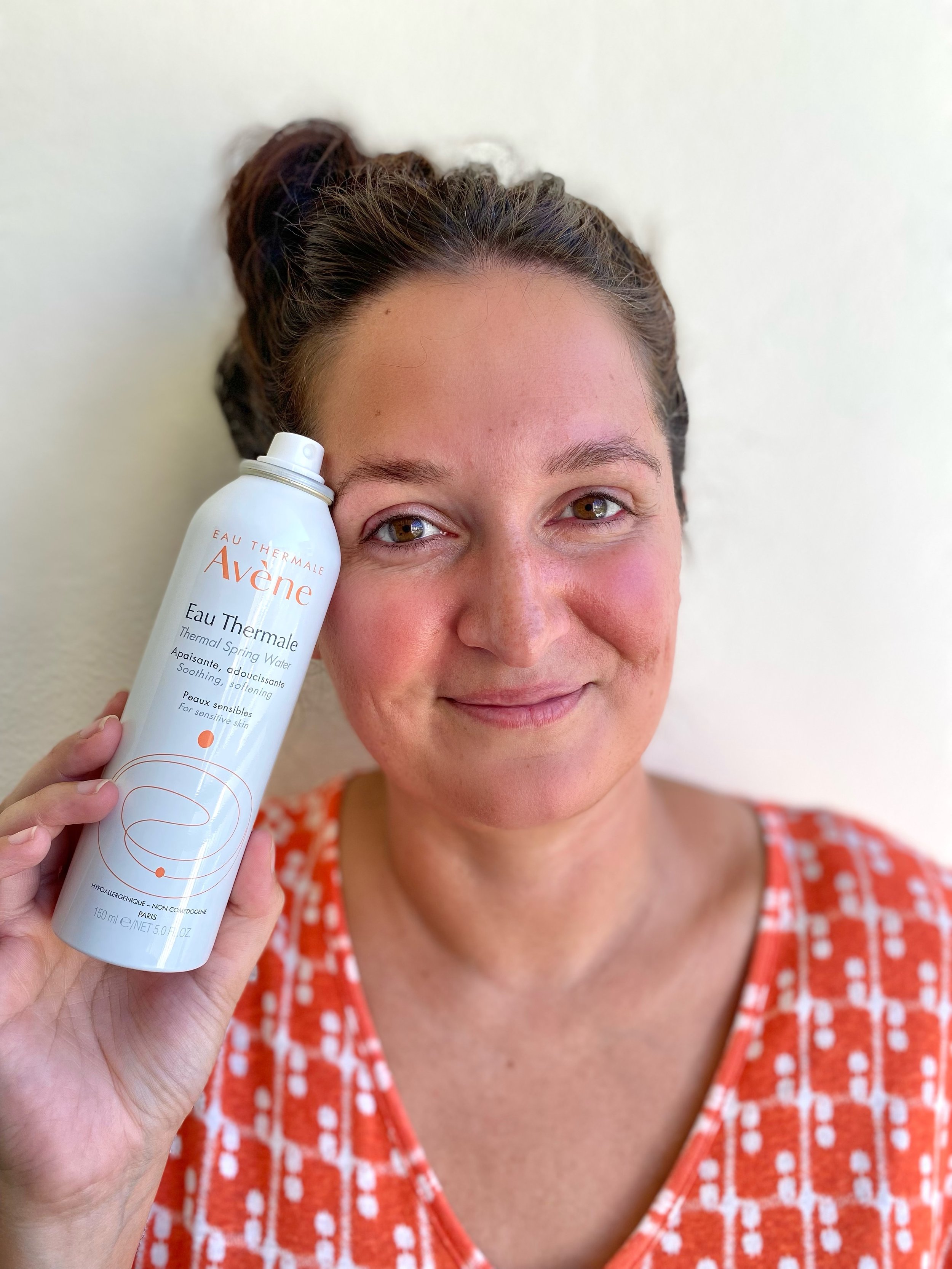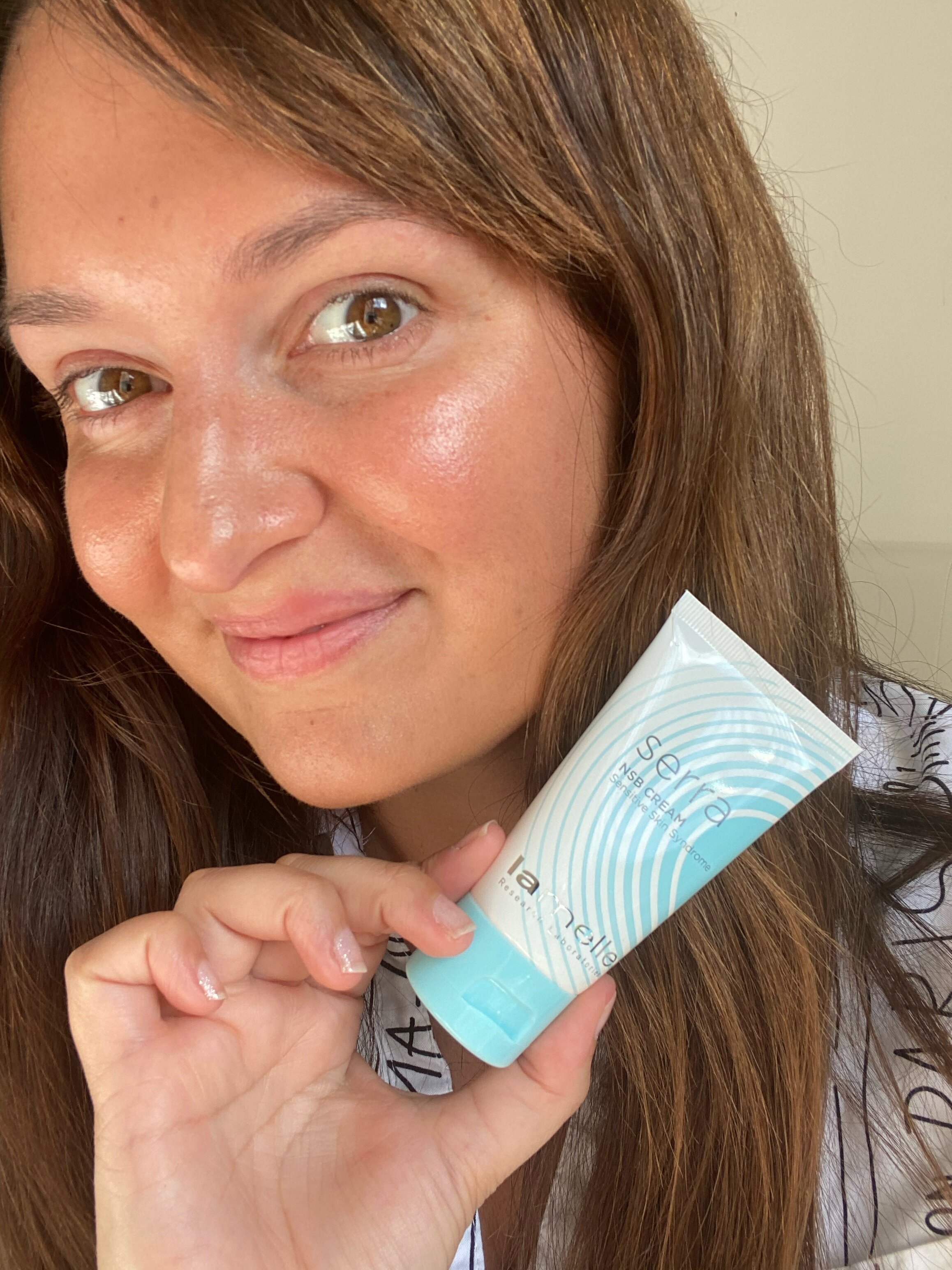Did you know that 40% of adult women are affected by acne-prone skin? Pioneer skincare brand Eau Thermale Avène introduces a new range aimed to beat blemishes while answering some of your most commonly asked questions about acne in collaboration with Dr Tarryn Jacobs, specialist dermatologist.
Q: What is the cause of adult acne?
A: Acne is caused by a complex interaction of factors whereby male sex hormones known as androgens stimulate the oil glands to secrete sebum which results in the blockage of pores. Bacteria that normally live on the skin surface can then multiply within the pores and drive inflammation.
Adult female acne is commonly referred to as “hormonal acne.” However, in reality, all acne is hormonally mediated. A more appropriate term for adult females would be “premenstrual” acne as monthly hormone fluctuations play a key role in acne flares. In addition to hormones, other factors such as stress, diet and environmental pollution may play a role in exacerbating acne for some people.
Q: What does adult female acne look like?
A: Acne in adult females tends to show up on the cheeks, around the mouth and lower chin areas (known as the U-zone). However recent studies have questioned this and show that adult female acne can occur on other areas on the face similar to adolescent acne.
Q: What is the psychological impact associated with adult acne?
A: Acne has a large impact on appearance and those suffering from acne understand all too well its effects on confidence and self-esteem, while provoking feelings of inadequacy. Acne in adult females has been found to cause even greater distress than in teenagers which means finding a solution that works for you is important.
Q: What is a good skincare routine for acne-prone skin?
A: Choosing effective skincare products with the right ingredients is vital.
Wash your face twice a day in the morning and evening. Cleansing is important to remove oil, dirt, and bacteria that have built up throughout the day. Choose a cleanser specially formulated for acne-prone skin.
After cleansing, use a “non-comedogenic” moisturiser as even oily or acne-prone skin needs moisturising which will help to maintain a healthy skin barrier.
Sunscreen should be part of everyone’s daily skincare routine. It is also useful to prevent the worsening of the dark spots that can be left behind from blemishes.
Avoid the use of facial oils and hair products that contain oil near the forehead.
GOOD TO KNOW: Don’t fall into the habit of trying new acne treatments every week or so as this can lead to irritation. Give your products time to work, as at least 6-8 weeks are needed to start seeing improvement.
Q: What are the best ingredients to look for in skincare products?
A: Preventing breakouts as opposed to just reacting to new blemishes is key. For this reason, if you have adult acne-prone skin, I like to recommend having a retinoid in your skincare “toolbox”. Retinoids such as retinol or retinaldehyde are vitamin A derivatives that address and prevent clogged pores. They normalise the exfoliation of skin cells inside the pores whilst targeting the symptoms associated with inflammation. In addition, retinoids can help fade dark marks that can be left behind. Part of the conundrum of managing adult female acne-prone skin, is that women may simultaneously be dealing with concerns of skin aging as well. A great reassurance is that retinoids also have anti-aging benefits because it can stimulate collagen production.
*Answers to questions above have been provided courtesy of Dr Tarryn Jacobs, specialist dermatologist. Visit her website here: www.pretoriadermatology.co.za
Introducing the new Cleanance Women range by Eau Thermale Avène…
The Eau Thermale Avène Cleanance Women range consists of a powerful dynamic duo that helps reduce spots, boost radiance, achieve a refined, smooth skin texture, tighten pores, reduce acne scarring and combat the first signs of ageing.
Use the Eau Thermale Avène Cleanance Women Corrective Serum each morning and night on cleansed skin before your moisturiser and sun protection. It has a lightweight texture that absorbs easily into the skin and leaves no residue. It contains Synovea™ HR which helps reduce blemishes and limits sebum oxidation. P-Refinyl (aka lentil seed extract) tightens the pores and mattifies the skin. Glycolic and Lactic Acids found within the Corrective Serum help smooth your skin texture and Avène Thermal Spring Water soothes irritation.
Before bedtime, apply the Eau Thermale Avène Cleanance Women Smoothing Night Cream onto cleansed skin. I’ve tried it after the Corrective Serum and it works like a charm. The Smoothing Night Cream contains Synovea™ HR like the Corrective Serum as well as the signature Avène Thermal Spring Water ingredient to ease irritation. X-Pressin™ helps exfoliate the skin while Retinaldehyde (aka Pro-Vitamin A) makes you look more youthful and helps reduce residual marks.
THE VERDICT: My skin looks noticeably clearer (aka blemish-free) and the texture has certainly improved. And yes, of course, I’m still frequently wearing my mask each day so this twosome really is a skincare power couple in my personal opinion.
Eau Thermale Avène Cleanance Women Corrective Serum: R369
Eau Thermale Avène Cleanance Women Smoothing Night Cream: R349
Click here to shop the entire Cleanance Women range directly on Dermastore.
For more information, please check out the Eau Thermale Avène website: www.eau-thermale-avene.co.za or leave your questions in the comments box below.
*This article was sponsored by Eau Thermale Avène South Africa.
#CleananceConfidence

